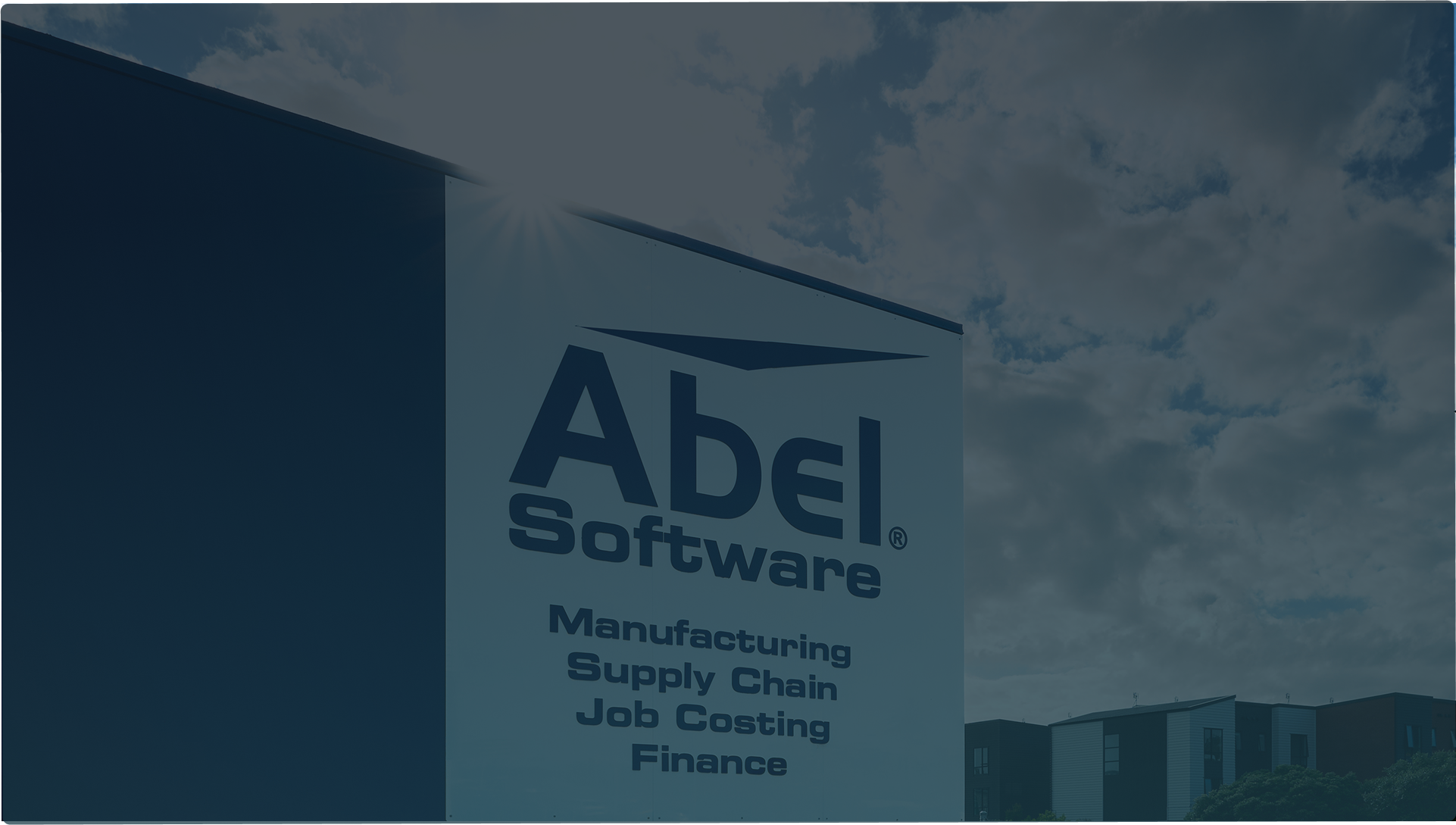If you would prefer to listen to the audio version of this blog, use the media player below.
To understand EDI compliance, first it pays to first understand exactly what Electronic Data Interchange (EDI) is. Bear with me...
In short, EDI exchanges business documents from one system to another rather than using paper-based processes that involve people.
These paper-based exchanges, like postal mail, faxes, and, yes, even email are fast falling out of favour because they’re slow and prone to costly errors.
With EDI, buyer’s and supplier's computers are all that’s involved. For example, the buyer's procurement system sends a purchase order to the supplier's Order Management System, and that application sends an invoice back to the buyer. There are no manual entries involved.
So to be EDI compliant is simply the ability to exchange business documents, such as purchase orders and invoices, in a format your trading partners require.
Why do businesses need to be EDI compliant?
Put simply, if your trading partner, wherever they may be around the world, requires a particular EDI format, then yes, you must comply to do business with them.
Most industries, like manufacturing, retail, healthcare, pharmaceuticals, utility, and construction companies, benefit from EDI processes because they deal with huge amounts of identical paperwork and form data.
To take advantage of faster transactions and low costs generated by EDI, your information must be EDI compliant with the same standards as your trading partner's computer. Otherwise, one computer won't understand the other, and no transactions can take place.
The major EDI standards
If you do business globally, it’s important to educate yourself on the different EDI standards and requirements because they differ depending on the trading partner's location around the globe. These are the most common EDI message standards...
EDIFACT
The United Nations/Electronic Data Interchange for Administration, Commerce, and Transport (EDIFACT) is the only international standard. It’s widely used across Europe, and is predominant outside of North America.
ANSI ASC X12
The American National Standards Institute (ANSI) supports industries across North America. However, there are 300,000+ companies worldwide that use the standard.
GS1 EDI
Global Standards 1 (GS1) is the only global system for barcoding and standardizing identification of supply chain products, assets, services, places, and organizations.
PEPPOL
Pan-European Public Procurement On-Line (PEPPOL) is a network that connects many existing applications used by private and public entities that use the purchase-to-pay process.
System integration process steps
- Understand the requirements of your trading partner. Most trading partners will provide a full set of EDI requirements and expectations.
- Decide if you're outsourcing or building in-house.
- Set up the EDI integration
- Test your integration to make sure both you and your trading partner's end are functioning correctly.
Crossfire’s fully managed EDI will take care of the setup, configuration, monitoring and support of your EDI connection, no matter what standard you’re working with.
Whether you just want to learn more or you’re ready to get started with implementing EDI, we’re happy to help.




